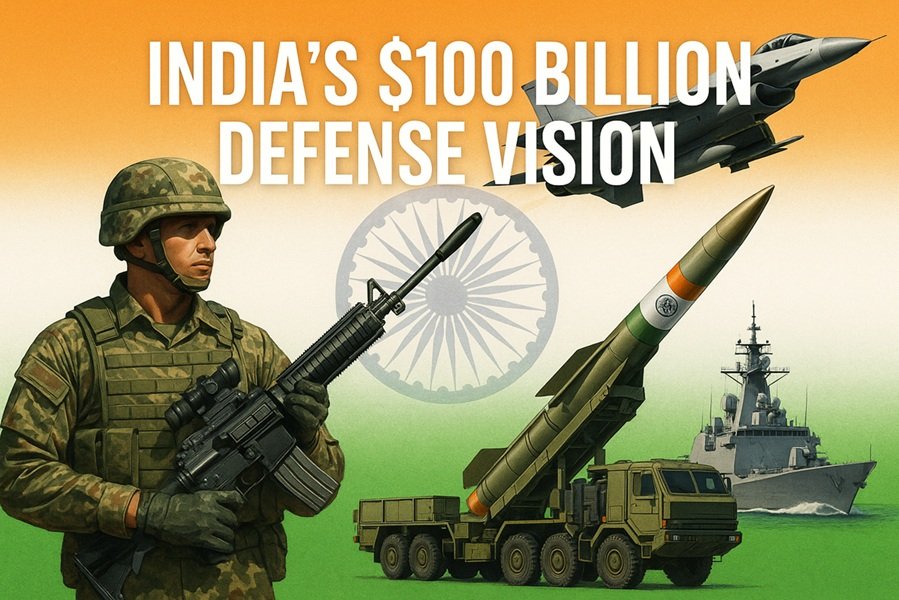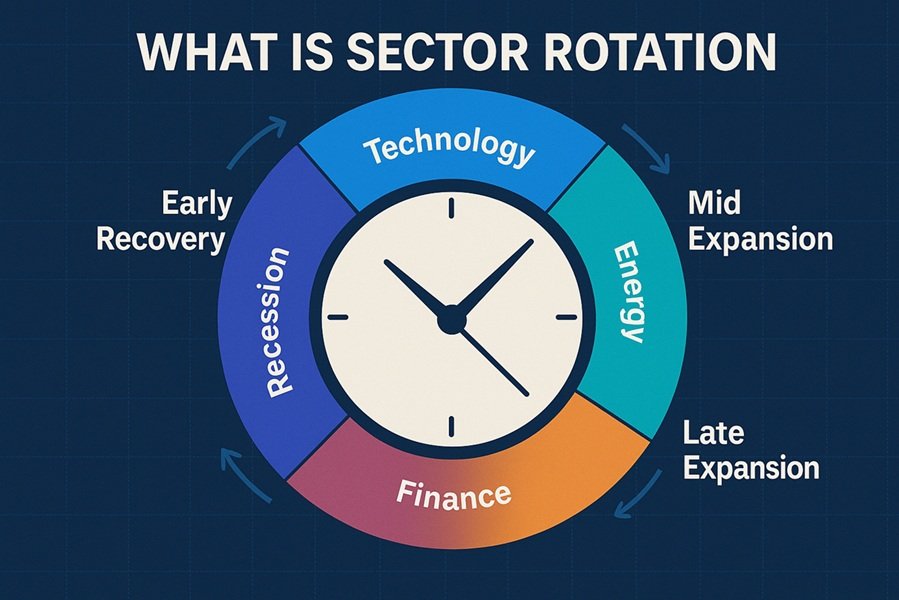
India, the world’s most populous democracy and a rapidly advancing global power, stands at a crucial juncture in its defense and security evolution. Surrounded by nuclear-armed neighbors, emerging cyber threats, and an increasingly complex global order, India’s defense preparedness is no longer a matter of prestige — it is a question of national survival and strategic autonomy.
As the Indian economy grows beyond the $4 trillion mark, experts are increasingly arguing that India must scale its annual defense budget to at least $100 billion. This is not merely about acquiring new weapons; it’s about reshaping India’s defense posture, modernizing technology, and ensuring long-term national security.
This comprehensive analysis explores why India needs a $100 billion defense budget, covering strategic imperatives, modernization goals, economic benefits, and global comparisons.
1. Strategic Imperative: India’s Evolving Threat Environment
India faces a complex security landscape with multiple active and potential conflict zones. The northern borders with China, particularly in Ladakh and Arunachal Pradesh, remain tense. The western frontier with Pakistan continues to witness cross-border terrorism and skirmishes.
At the same time, cyber warfare, drone technology, and space militarization have opened new fronts that require heavy technological investment.
A $100 billion defense budget would:
- Strengthen India’s deterrence capability against China’s $230+ billion defense expenditure.
- Fund integrated commands for multi-domain warfare (air, land, sea, cyber, and space).
- Support faster troop mobility, better surveillance, and stronger logistics near borders.
In short, India needs not just more soldiers, but smarter, faster, and better-equipped forces.
2. Modernization Gap: Outdated Equipment and Technology Backlog
Despite being one of the largest armed forces in the world, a significant portion of India’s military inventory is outdated. Studies show that over 60% of India’s equipment in the Army, Air Force, and Navy is “vintage.”
Key modernization priorities include:
- Replacing old MiG fighter jets with indigenous Tejas Mk-1A and advanced foreign aircraft.
- Expanding the naval fleet to secure the Indian Ocean, where China’s presence is rising.
- Strengthening the Army’s artillery and missile systems, including Pinaka and Agni series.
- Developing cyber-defense infrastructure to protect sensitive government and defense networks.
A $100 billion budget would allow the Ministry of Defence to close long-standing procurement delays, accelerate indigenous R&D under “Make in India,” and modernize the armed forces within a decade.
3. Boosting the “Atmanirbhar Bharat” Defense Ecosystem
India has set an ambitious goal to become self-reliant in defense manufacturing. The current defense outlay (~$75 billion in FY2025) allocates only a modest portion for indigenous R&D.
A $100 billion budget could catalyze:
- Massive defense-industrial growth, enabling private and public collaboration.
- Increased R&D funding for DRDO, ISRO’s defense collaborations, and startups in AI, drones, and autonomous systems.
- Exports of Indian-made defense systems, boosting India’s global presence and economy.
For context, India has already emerged as a defense exporter, selling radar systems, missiles, and naval vessels to countries like the Philippines, Armenia, and Vietnam. Scaling investment could make India a global hub for defense technology by 2035.
4. Global Comparison: Where India Stands
| Country | Defense Budget (Approx.) | % of GDP | Strategic Role |
|---|---|---|---|
| United States | $880 billion | 3.5% | Global superpower |
| China | $230 billion | 1.7% | Regional hegemon in Asia |
| Russia | $110 billion | 4% | Eurasian power |
| India | $75 billion | 1.9% | Regional and Indo-Pacific power |
Given India’s size, population, and security challenges, a $100 billion budget (around 2.5% of GDP) would simply bring it in line with its global role and threats. It would also enhance India’s participation in QUAD and Indo-Pacific defense initiatives alongside the U.S., Japan, and Australia.
5. Cyber, Space, and AI Warfare: The New Frontlines
Future wars won’t be fought only on land or sea — they’ll be fought in data centers, satellites, and microchips.
India’s defense modernization must now prioritize:
- Cyber security command centers to counter state-sponsored hackers.
- Satellite defense and anti-satellite weapons (ASAT) to protect space assets.
- AI-driven intelligence and surveillance systems for real-time battlefield decisions.
These domains demand high capital investments and skilled manpower, which can only be realized through a larger and more flexible budget.
6. Economic Multiplier Effect of Defense Spending
Many assume defense spending drains the economy — but in reality, it can stimulate technological innovation and job creation.
A $100 billion defense budget could:
- Generate millions of skilled and semi-skilled jobs in manufacturing, electronics, and logistics.
- Strengthen supply chains and MSMEs supporting the defense sector.
- Encourage foreign direct investment (FDI) through strategic partnerships.
- Lead to dual-use technology innovations that benefit civilian industries (e.g., space, AI, robotics, and communications).
Thus, defense spending, when managed strategically, can act as an economic engine rather than a fiscal burden.
7. Ensuring Troop Welfare and Readiness
Beyond technology and weapons, the defense budget must also ensure better living conditions, pensions, and healthcare for India’s 1.4 million active troops and millions of veterans.
A larger budget allows:
- Improved housing and family welfare facilities.
- Advanced training programs and mental health support.
- Enhanced recruitment and retention policies to attract talent.
Strong soldiers build a strong nation — and investing in their welfare is a moral as well as strategic necessity.
8. Strengthening the Indian Ocean Command
India’s location gives it a commanding presence over the Indian Ocean Region (IOR) — a global trade and energy lifeline. However, China’s “String of Pearls” strategy, with naval bases in Gwadar (Pakistan), Hambantota (Sri Lanka), and Djibouti, is rapidly changing the balance.
A $100 billion budget would allow India to:
- Expand its blue-water navy with more aircraft carriers, submarines, and surveillance drones.
- Modernize Andaman & Nicobar Command into a strategic maritime hub.
- Build strong defense ties with ASEAN and African coastal nations for maritime cooperation.
9. Peace Through Strength: India’s Diplomatic Leverage
A stronger defense budget enhances India’s diplomatic and negotiating power. Nations respect countries that can defend themselves and their allies.
A well-funded defense structure would give India:
- Greater leverage in border negotiations.
- Stronger standing in international alliances like QUAD, BRICS, and SCO.
- Credibility as a net security provider in South Asia and the Indo-Pacific.
10. The Road to $100 Billion: Achieving Balance and Accountability
Reaching a $100 billion defense budget is achievable within the next 3–5 years if:
- Defense spending grows at a steady 10–12% annually.
- Bureaucratic inefficiencies and project delays are minimized.
- Indigenous procurement replaces costly imports.
- Public-private partnerships drive defense innovation.
The key is not just to spend more, but to spend smarter — ensuring transparency, accountability, and measurable outcomes.
Conclusion
India’s rise as a global power depends on the strength of its armed forces and the technology that drives them. A $100 billion defense budget is not an extravagance — it’s an investment in security, stability, and sovereignty.
From deterring border aggression to shaping global defense partnerships, India’s next leap forward will depend on its ability to modernize, innovate, and assert strategic leadership in Asia.
In a world where power is respected only when it’s backed by capability, India must prepare not just to defend, but to lead.






